Corrugator Supercilii Muscle
Corrugator Supercilii Muscle Anatomy
The corrugator supercilii muscle is a facial muscle located in the forehead region. It plays a crucial role in facial expressions, particularly in frowning and creating vertical wrinkles between the eyebrows.
The corrugator supercilii is a small, narrow, pyramidal muscle close to the eye.
It is located at the medial end of the eyebrow, beneath the frontalis, and just above the orbicularis oculi muscle.
It arises from the medial end of the superciliary arch and its fibers pass upward and laterally, between the palpebral and orbital portions of the orbicularis oculi muscle.
It is inserted into the deep surface of the skin, above the middle of the orbital arch.
The name corrugator supercilii is Latin, meaning wrinkler of the eyebrows.

ORIGIN AND INSERTION
- Corrugator supercilii originates from the medial end of the superciliary arch of the frontal bone, cranially to the root of the nose.
- Its fibers extend diagonally, laterally, and slightly superiorly to insert into the skin of the eyebrow above the middle part of the supraorbital margin.
RELATIONS
- Corrugator supercilii is located superior to the orbit, extending diagonally over the supraorbital margin and the medial end of the eyebrow.
- As corrugator supercilii extends superolaterally, it is found deep to the orbicularis oculi muscle and the frontal belly of occipitofrontalis, partially blending with both.
- At its origin point, corrugator supercilii is found laterally adjacent to the procerus muscle.
INNERVATION
- Like other facial muscles, corrugator supercilii is innervated by the temporal branches of the facial nerve (CN VII).
ACTION
- Upon contraction, the corrugator supercilii pulls the skin of the eyebrow downward and medially and produces vertical wrinkles of the forehead.
BLOOD SUPPLY
- The corrugator supercilii muscle receives arterial blood mainly from the ophthalmic artery, which stems from the internal carotid artery.
- A small portion of arterial blood is additionally provided by branches of the superficial temporal artery, which originates from the external carotid artery.
- Venous blood is drained from corrugator supercilii by the superior ophthalmic vein, which flows into the cavernous sinus.
STRUCTURE AND FUNCTIONS
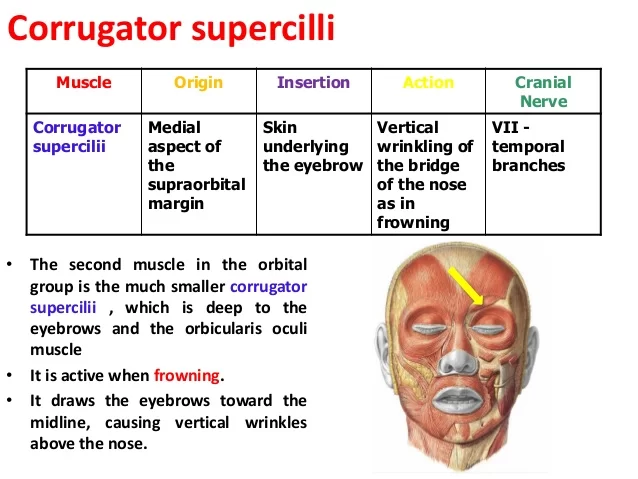
- The corrugator supercilii muscles exist as a pair of small pyramidal muscles that lie deep to the frontal portion of the occipitofrontalis and the orbicularis oculi muscles.
- They arise from the medial supraorbital ridge of the frontal bone. From the medial end of the eyebrow, the corrugator supercilii muscles travel laterally and above the orbital rim to become more superficial.
- They then insert into the dermis of the medial aspect of the eyebrow above the supraorbital margin.
- The paired corrugator supercilii muscles have two heads: a transverse head and an oblique head.
- The transverse head arises from the superomedial part of the orbital rim that serves to pull the brows medially while the smaller oblique head runs parallel to the depressor supercilii and serves to depress the medial brow.
- These actions lead to the vertical wrinkling of the supranasal skin of the forehead.
- Along with the glabellar muscles and procerus, the corrugator supercilii muscles also function as accessory protractors of the upper eyelid that aid to reduce glare under bright sunlight.
- Additionally, the corrugator supercilii muscles serve as mimetic muscles that contract when one is angered or perplexed and form a major component of the superficial musculoaponeurotic system (SMAS) of the upper portion of the face.
- A previous study demonstrated participants who categorized surprised facial expressions as negative exhibited greater corrugator supercilii muscle activity compared to those who viewed them as positive facial expressions.
- Corrugator supercilii muscle activity can help evaluate differences in positivity-negativity bias among different participants.
CLINICAL SIGNIFICANCE
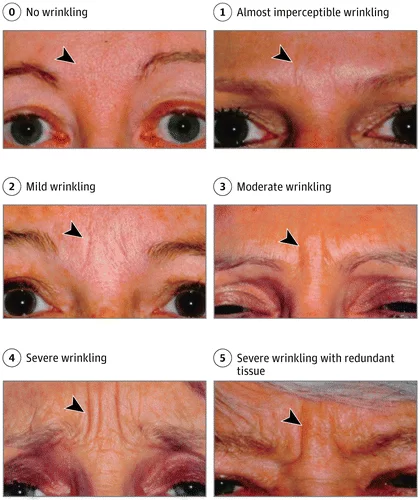
- As a significant component of the glabellar complex, the corrugator supercilii muscles play an essential role in maintaining the position of the brow.
- Complete resection of the corrugator supercilii muscles has been a recommendation for forehead rejuvenation.
- Incomplete corrugator supercilii muscle resection can have harmful consequences, such as forehead asymmetries, skin dimpling, and recurrence of glabellar furrows and frown lines.
- One previous study suggested the amount of corrugator supercilii muscle resection can differ depending on the surgical technique used.
- With as much as one-third of the transverse corrugator supercilii muscles head remaining after the corrugator supercilii muscles are removed using transpalpebral methods.
- The anatomy of the corrugator supercilii muscles with regards to fixed bony landmarks is essential for a more systematic approach to precise resection of the corrugator supercilii muscles.

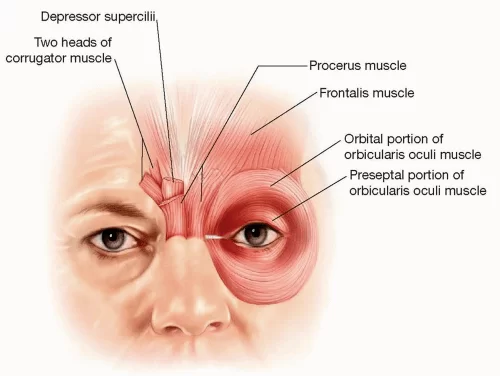
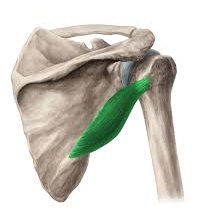
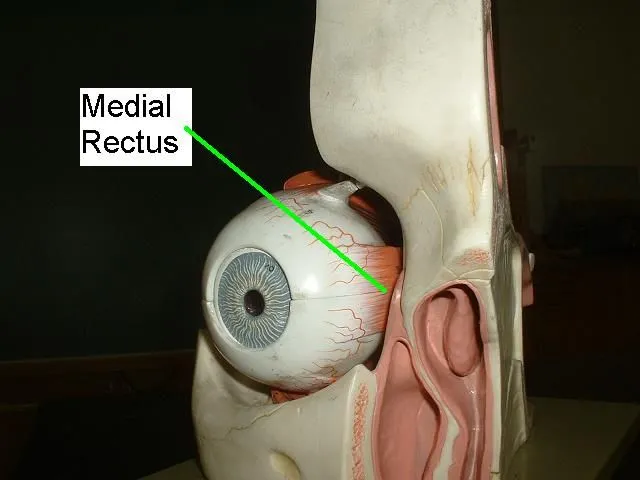
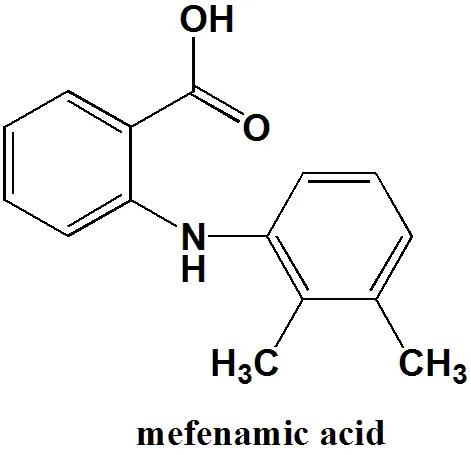
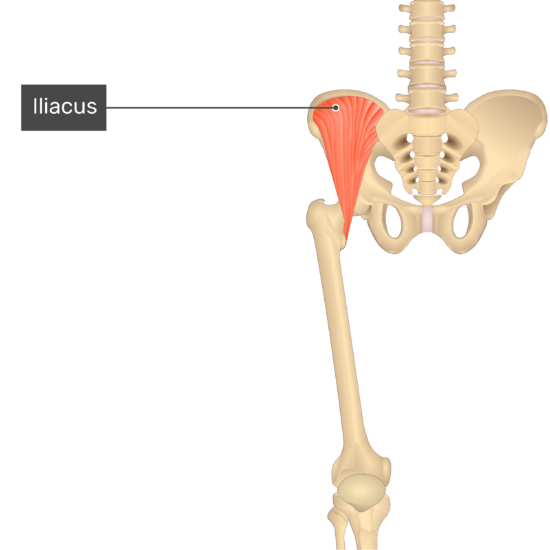
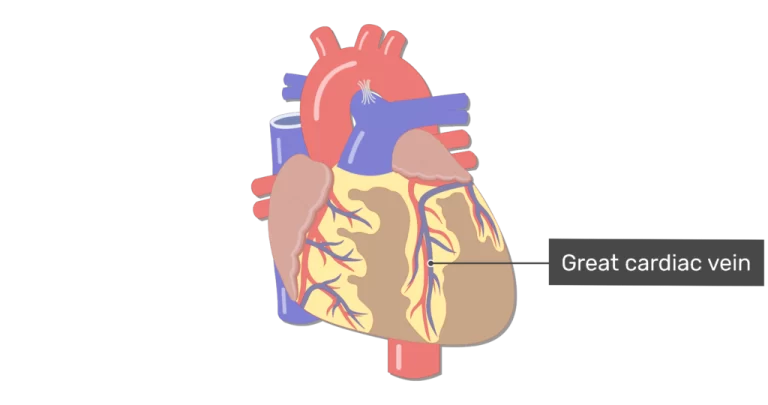
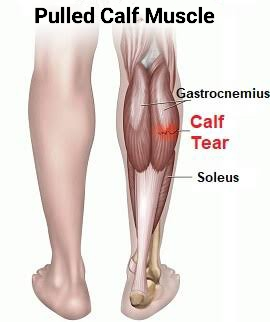
2 Comments